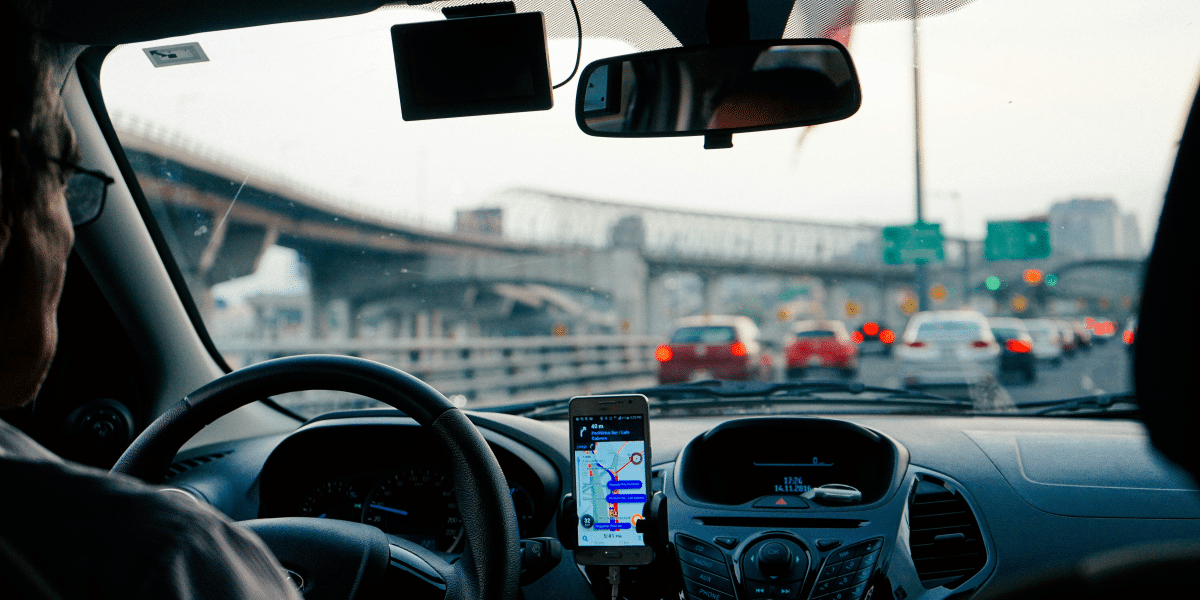Don’t Let Rain Spoil Your Shine: Elevate Your Formal Attire with an Umbrella
Picture this: You’ve spent hours putting together a flawless outfit for a glamorous gala, a prestigious work event, or an elegant wedding. Your hair is styled to perfection, and your attire is immaculate. Just as you’re about to step outside, the clouds darken, and rain begins to pour. In moments like this, many people panic, shielding their heads with newspapers or clutching their jackets. But you, savvy and stylish as ever, are armed with a timeless and sophisticated accessory: a chic umbrella.
Beyond Utility: The Umbrella as a Fashion Statement
Umbrellas have evolved far beyond their original helpful design. In today’s fashion world, they can be statement pieces that elevate your overall look. The right umbrella shields you from rain, complements your attire and showcases your style. Imagine a sleek black umbrella with a polished wooden handle—classic, elegant, and a perfect match for formal wear. Consider a vibrant floral-print umbrella or a canopy adorned with bold geometric patterns for a more daring approach. Such an accessory can add personality and flair when paired with a cocktail dress or suit.
Carrying a stylish umbrella is about more than just staying dry. It’s a testament to your fashion sensibilities and ability to adapt with poise. The next time you attend a formal gathering, use your umbrella as a tasteful addition to your ensemble, demonstrating that you don’t let a little rain stand in the way of looking your best.
The Practical Benefits You Can’t Ignore
While umbrellas can enhance your style, their practical benefits should not be underestimated. Rain can quickly undo hours of careful preparation, leaving you with frizzy hair, smudged makeup, and drenched clothing. This is particularly disheartening when attending formal events where first impressions matter. By shielding yourself with a dependable umbrella, you protect your efforts, ensuring you arrive at your destination as polished as when you left home.
Imagine the confidence you exude when you step gracefully into a venue while others scramble for cover. An umbrella doesn’t just protect you from rain; it acts as a shield for your self-assurance, allowing you to enjoy every moment without concern for your appearance.
Everyday Preparedness: Peace of Mind in Any Weather
Carrying an umbrella isn’t just for special occasions. Keeping a compact umbrella in your purse, backpack, or briefcase ensures you’re prepared for sudden downpours. Whether heading to an important job interview, a business meeting, or running errands, arriving dry and composed sets the right tone.
Unexpected weather can throw off even the best-laid plans, but being ready with an umbrella helps you stay calm and collected. You’ll never have to worry about rain interfering with your day, and this preparedness projects confidence, professionalism, and an unwavering sense of style.
Choosing the Perfect Umbrella for Formal Occasions
When selecting an umbrella for formal events, factors must be considered. Not all umbrellas are created equal; choosing wisely can make a significant difference. Here’s what to look for:
Compact and Portable: Opt for foldable umbrellas that easily fit in a purse or coat pocket. This ensures you can carry your umbrella discreetly and have it on hand whenever needed.
Timeless Colors: Stick to versatile colors like black, navy, white, or gray. These shades complement any outfit and lend an air of sophistication. Consider subtle patterns that add intrigue without overpowering your attire for a more adventurous touch.
High-Quality Materials: Invest in a sturdy umbrella with wind-resistant features, a durable frame, and a quick-drying canopy. A flimsy, inside-out umbrella won’t do you any favors and could cause more frustration than relief.
Elegant Design: Attention to details like the handle material and overall silhouette. Wooden, leather, or metal handles offer luxury and refinement, transforming your umbrella into a genuine fashion accessory.
A Downpour Doesn’t Have to Dampen Your Spirits
Rainy weather can be unpredictable, but with the right umbrella, it doesn’t have to ruin your day—or your look. Think of your umbrella as more than just a shield against the elements. It symbolizes foresight, elegance, and grace under pressure. Carrying a stylish, well-crafted umbrella sends a message: you’re ready to face any storm and emerge with poise and confidence.
Next time you prepare for a formal event, don’t overlook the power of this accessory. Pairing the perfect umbrella with your outfit demonstrates your attention to detail and ability to adapt stylishly to changing circumstances. As you step out into the rain, your umbrella becomes more than a tool; it transforms into a symbol of resilience and sophistication.
Practical Tips for Elevating Your Umbrella Game
Consider Your Outfit’s Vibe: Match your umbrella to your ensemble for a cohesive look. For instance, a minimalist dress pairs beautifully with a sleek, solid-colored umbrella, while a patterned gown can be accentuated by a bold yet tasteful umbrella design.
Embrace Seasonal Options: Use rain to experiment with different styles. In the spring, opt for pastel-colored canopies, while in the winter, opt for darker tones and luxurious textures.
Accessorize Thoughtfully: Coordinate accessories like scarves, gloves, and shoes to complement your umbrella, creating a polished, harmonious appearance.
With the right umbrella, you can stride confidently through any storm, knowing rain won’t compromise your elegance or dampen your spirits. Embrace the rain, elevate your style, and transform a potential weather mishap into an opportunity to shine—because every moment deserves your best, rain or shine.




